Table of content
Stir-fried chicken cubes are a beloved dish across global cuisines, prized for their versatility, speed, and ability to absorb bold flavors. Yet, achieving that coveted balance of tenderness and rich taste often eludes even seasoned home cooks. Dry, chewy meat or bland seasoning can turn a promising meal into a disappointment. This article delves into the science and techniques behind cooking stir-fried chicken cubes that are juicy, aromatic, and restaurant-quality. From marination secrets to heat control, we’ll explore every step to elevate your stir-fry game.
The Foundation: Choosing the Right Cut of Chicken
The journey to tender stir-fried chicken begins at the grocery store. While boneless, skinless chicken breast is a common choice, it’s notoriously lean and prone to drying out when cooked over high heat. For stir-fries, opt for chicken thighs instead. Thigh meat contains more fat and connective tissue, which breaks down during cooking, resulting in moist, flavorful bites. If breast meat is your only option, seek out “air-chilled” or organic varieties, as they tend to retain moisture better than conventionally processed options.
Marination: The Key to Tenderness and Flavor
Marination is not merely about seasoning—it’s a chemical process that transforms tough proteins into velvety textures. A well-crafted marinade serves three purposes: tenderizing, flavoring, and protecting the meat during cooking.
a. Tenderizing Agents
- Baking Soda (Sodium Bicarbonate): A pinch of baking soda raises the meat’s pH, loosening protein bonds and preventing toughness. Use ¼ teaspoon per pound of chicken, rinsed off after 15–20 minutes to avoid a soapy aftertaste.
- Cornstarch: Acts as a protective coating, sealing in juices and creating a silky texture. Combine with soy sauce or water to form a slurry.
- Egg White: Whisked into marinades, egg white forms a light barrier that shields meat from direct heat.
b. Flavor Boosters
- Soy Sauce: Adds umami and saltiness. Opt for low-sodium varieties to control saltiness.
- Rice Wine or Shaoxing Wine: Deglazes the pan and imparts a subtle sweetness.
- Aromatics: Minced garlic, ginger, or shallots infuse the meat with fragrance.
c. Timing Matters
Marinate chicken for 15–30 minutes—longer and the enzymes in fresh ingredients (like pineapple or papaya) may turn the meat mushy. Refrigerate during marination to prevent bacterial growth.
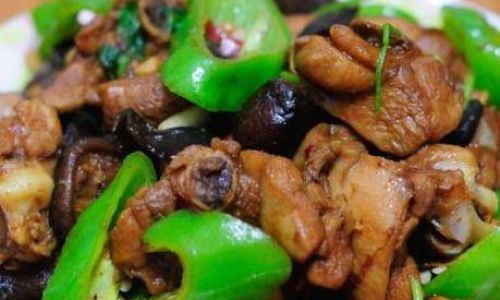
Cutting Technique: Uniformity for Even Cooking
The way you cut chicken affects cooking time and texture. Aim for 1-inch cubes to ensure rapid, even cooking. Partially freeze the meat (20–30 minutes) for easier slicing. Always cut against the grain to shorten muscle fibers, reducing chewiness. For thighs, remove excess fat but leave a thin layer for added juiciness.
The Cooking Process: Heat, Timing, and Technique
Stir-frying demands precision. A carbon-steel wok or cast-iron skillet retains heat best, but a large stainless-steel pan works too. Follow these steps:
a. Preheat the Pan
Heat your pan over high heat until a drop of water evaporates instantly. Add oil (peanut, vegetable, or avocado for high smoke points) and swirl to coat.
b. Sear in Batches
Overcrowding the pan lowers the temperature, causing the chicken to steam instead of sear. Cook in single layers, allowing each piece to touch the hot surface. This ensures Maillard browning—the reaction that creates complex flavors and a caramelized crust.

c. Stir-Fry, Don’t Stir Constantly
Allow the chicken to sear undisturbed for 1–2 minutes before stirring. This develops color and texture. Use a metal spatula to toss occasionally, not continuously.
d. Monitor Doneness
Chicken is safe at 165°F (74°C), but overcooking ruins texture. Remove it from the pan when the interior is slightly pink (it will finish cooking off the heat). For thighs, cook until the juices run clear.
Sauces and Seasonings: Balancing Flavors
A great stir-fry sauce should be glossy, savory, and harmonious. Common components:
- Soy Sauce: Base for saltiness and umami.
- Oyster Sauce: Adds depth and sweetness.
- Sesame Oil: A finishing touch for nutty aroma.
- Sugar or Honey: Balances saltiness and acidity.
- Aromatics: Fresh garlic, ginger, or chili flakes.
Thicken sauces with a cornstarch slurry (1 tsp cornstarch + 1 tbsp water) for a clingy texture. Avoid adding sauces too early, as they can burn in a hot pan.

Vegetables and Add-Ins: Texture and Color
Stir-fries thrive on contrast. Pair chicken with crisp vegetables like:
- Bell Peppers: Sweet and crunchy.
- Broccoli: Steamed briefly before adding.
- Carrots: Julienned for quick cooking.
- Snow Peas: Retain their snap.
Add heartier vegetables (like carrots) first, then delicate ones (like spinach) last. Nuts (cashews, peanuts) or dried chilies can elevate the dish further.
Common Mistakes to Avoid
- Overcooking: Chicken cooks rapidly; remove it while still slightly pink.
- Skipping Marination: Even 15 minutes makes a difference.
- Using Low-Quality Oil: Opt for oils with high smoke points.
- Overcrowding the Pan: Cook in batches for even searing.
- Adding Sauce Too Early: Sauces burn easily; add them toward the end.
Serving Suggestions and Pairings
Stir-fried chicken cubes shine when paired with:
- Steamed Rice: Absorbs sauces beautifully.
- Noodles: Try lo mein or chow mein.
- Lettuce Wraps: For a low-carb option.
- Garnishes: Fresh cilantro, sesame seeds, or sliced scallions.
Regional Variations: Exploring Global Flavors
Stir-frying is a global technique. Experiment with:
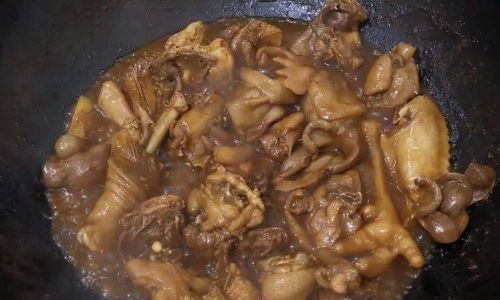
- Szechuan-Style: Add Szechuan peppercorns and dried chilies for a numbing heat.
- Cantonese: Light soy sauce, Shaoxing wine, and a touch of sugar.
- Thai-Inspired: Fish sauce, lime juice, and basil leaves.
- Korean-Style: Gochujang (fermented chili paste) and honey.
Advanced Tips for Perfect Results
- Velveting Technique: Par-cook chicken in oil or boiling water before stir-frying for extra tenderness.
- Resting Time: Let the chicken rest for 2–3 minutes after cooking to redistribute juices.
- Acidic Finishes: A squeeze of lime or splash of vinegar brightens the dish.
- Herb Infusions: Toss in fresh herbs like basil or mint at the end.
Conclusion: Practice Makes Perfect
Mastering stir-fried chicken cubes is a journey of trial and error. Experiment with marinades, heat levels, and flavor combinations. Remember that even professional chefs occasionally overcook meat or burn a sauce—the key is to learn from each attempt. With patience and attention to detail, you’ll soon create stir-fries that rival your favorite restaurant’s, delivering tender, juicy chicken bursting with flavor. So grab your wok, sharpen your knife, and let the sizzle begin!
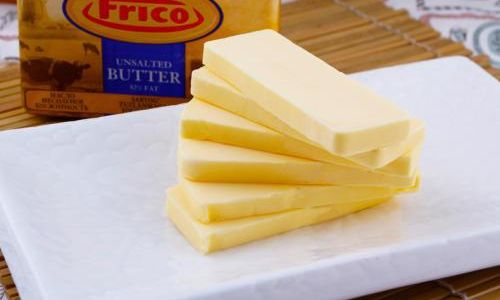

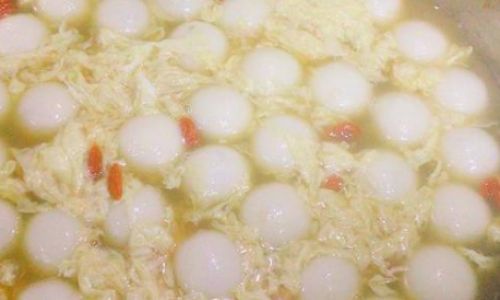

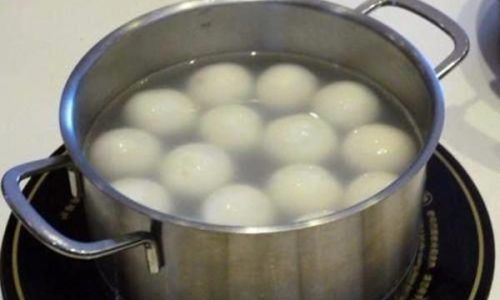
0 comments